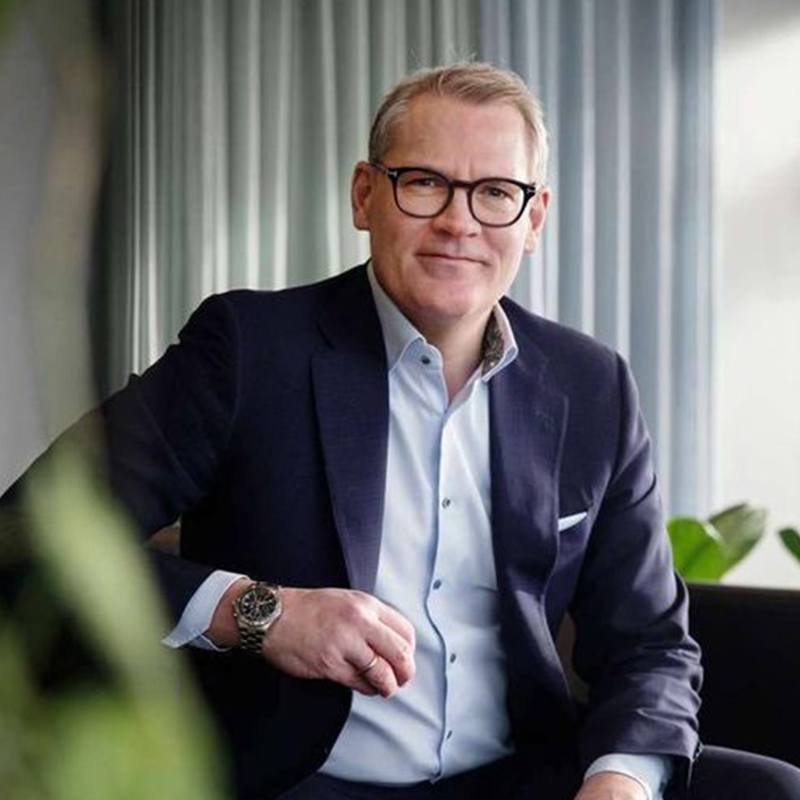Justin Sykes, managing director of Innovest Advisory, makes the case for Impact Measurement and Management (IMM).
Private capital and resources are increasingly being used to tackle global challenges through targeted philanthropy and investment-based approaches. Impact investment allows capital to be utilised as a force for transformative change - going well beyond what is usually achieved through traditional models of development aid or philanthropy.
Two decades into the twenty-first century, we are about to witness the largest-ever intergenerational transfer of wealth from the baby boomers (born in the aftermath of the Second World War) now concerned with their legacy, to the increasingly socially-conscious Gen-Xers and millennials.
And, alongside the environmental and social sensibilities of the next generation of capital holders, there is a clear commitment to measure, understand, and improve impact.
For this constituency, effective Impact Measurement and Management (IMM) is an essential ingredient giving legitimacy and accountability to philanthropic and impact investment initiatives.
The reason we measure impact is simple: we want to know whether something works – or not - and in both cases, to further understand why. It is also about finding evidence that an organisation or business is achieving its stated mission as predicted in a Theory of Change (ToC).
A ToC describes an entity’s intended impact by outlining short, medium, and long-term outcomes and how they relate to the organisation’s impact objectives, with the outcomes explaining the activities required at each stage to achieve the intended impact objective
Once an organisation or business has this information, it can better understand where committed funding generates the most impact, communicate this information to stakeholders, and improve credibility among partners and networks.

There are seven key benefits to measuring impact:
- Proving achievement of mission objectives. Social purpose organisations can use measurable outcomes and data to confirm progress toward their mission. They can use this to hold staff accountable to agreed impact targets and/or redirect operational strategy to better focus on mission objectives.
- Improving impact performance. Assessment of impact performance against an impact measurement framework allows an organisation to review where interventions have met impact expectations on a revolving basis, facilitating a redesign if required to achieve outcomes more effectively.
- Communicating to stakeholders. Quantifying social impact in understandable terms creates stakeholder engagement that nurtures supportive partnerships. Telling a strong story about impact through empirical data adds credibility to an organisation’s mission and values. In a connected, social media-driven landscape, impact measurement can also improve effective marketing and business reputation to create loyalty and trust. A recent Global Impact Investment Network (GIIN) survey of impact investors found 92 percent recognised impact measurement as key for communication purposes.
- Accountability. Incorporating a robust impact measurement framework ensures expected impact is accurately compared to the cost of delivering a given project. This helps demonstrate that resources are spent on initiatives that provide good value for money.
- The market demands it. Humanitarian and philanthropic donors are looking for greater accountability and governments have moved to pay-for-performance models in the wake of declining trust in the effectiveness of traditional service delivery models. Again, the credibility provided by impact measurement is critical. IMM processes can be a valid signal to a market that an organisation is creating impact that is intentional and that it has an emerging track record. Impact investors look for investment opportunities that minimise the risk of not achieving impact and may accept greater financial risk or invest on lower terms as a result.
- Investors require it. Funders are putting organisations under increasing pressure to use IMM strategies to demonstrate that their activities produce positive change, while providing good value for money. Increasingly, both investors and entrepreneurs are recognising that impact measurement and financial value go hand in hand. The same GIIN survey found 59 percent of impact investors rated impact measurement as very important in enhancing financial performance, with just 3 percent claiming it was unimportant.
- Funders may face material risks from not taking it seriously. A failure to articulate expected impact or to transparently measure and report results to stakeholders may mean funders, particularly investment managers, could face material reputational risk via accusations of ‘impact washing’. Employing an objective third-party impact advisor to independently verify impact – the good and the bad - can also help to demonstrate the funders’ commitment to credible and robust impact measurement. Rigorously employing an IMM strategy drives accountability and signals intent and it can serve to attract additional impact-seeking donors or investors who require a clearly articulated impact strategy.
Case Study: KIMS Microfinance
KIMS (Kaah International Microfinance Services) is Somalia’s largest privately owned microfinance institution with 5,300 active clients and a total active loan portfolio of $2.37m.
Founded by two UAE-based Somalis, KIMS has provided more than 30,000 shariah compliant micro and small business loans worth more than $30 million since its launch in 2014.
KIMS has been working to develop an organisational ToC to help it identify key performance indicators (KPIs) and metrics that will enable it to track its business impact as well as its contribution towards the Sustainable Development Goals (SDGs).
In early 2022 Innovest supported KIMS with a WhatsApp survey to ask more than 2,000 clients what impact KIMS lending had on their businesses and families. Of those who responded, 94 percent stated that financing from KIMS had helped to improve their business performance, and 93 percent reported an increase in their business income. Moreover, as a result of this increase in business income, KIMS clients reported increased household spending in various areas, including education needs (38 percent of respondents), paying for better quality food (27 percent) and healthcare costs (21 percent).
KIMS has been able to use the data from this survey to improve service provision as well as clearly communicate impact performance to donors and investors.
About the writer
Justin Sykes is the founder and managing director of Innovest Advisory, a firm offering specialist impact advisory to private fund managers and asset owners to drive more disciplined measurement and active creation of climate, environmental and social impact.



